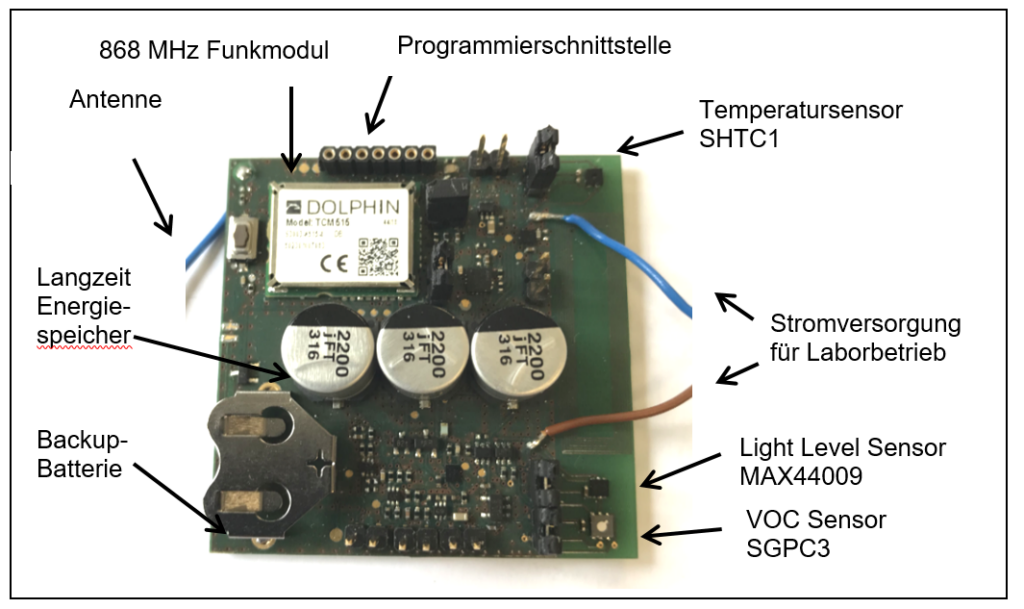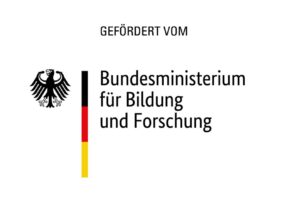
Smart Home Solutions for energy saving in residential buildings: Energy self-sufficient air quality sensors
Achieving climate neutrality is a key milestone, and saving energy in residential buildings plays a crucial role. Smart home solutions, like sensors, are essential in reducing energy consumption in buildings. These sensors record, analyze, and control various processes using measurement data such as temperature, humidity, and brightness. In low-energy houses, air quality sensors are vital for controlling ventilation, ensuring optimal energy efficiency.
Overview of the ‘InSituNachweis’ research project
As part of the ‘InSituNachweis’ research project (2017-2020), EnOcean collaborated with industry and scientific partners to develop methods and sensors that enhance the energy efficiency of buildings. The project focused on refining the Efficiency Signature Method (EfSM), which calculates a building’s energy fingerprint. Additionally, the development of energy self-sufficient, radio-based air quality sensors was a priority. These sensors can be easily installed in existing buildings without the need for complex wiring. Air quality sensors are primarily used to control ventilation in low-energy buildings.
Development of prototype air quality sensor
A key outcome of the project was the development of an air quality sensor based on VOC (Volatile Organic Compounds) technology, which has significantly lower power consumption than conventional CO2 sensors. The VOC sensor is also suitable for managing ventilation in areas like toilets and kitchens. The project team evaluated various sensor options, including BME680 from Bosch, SGPC3 from Sensirion, and CCS811 from ScioSense, as well as solar cells from Trony, Panasonic, and Epishine.
Over the three-year project, several prototypes were developed, built, and optimized. A significant challenge was managing the high-power consumption of the VOC sensor for energy self-sufficiency using solar cells. The Sensirion SGPC3 sensor, which consumes 65 uA, still used more power than all other components combined, including the timer, LED, temperature sensor, and TCM 500 radio module, which together consumed 10 uA.

The feasibility of energy self-sufficient operation was demonstrated with a final prototype using the SGPC3 sensor, TCM 500 radio module from EnOcean, and Trony solar cells. The project team is optimistic about developing a market-ready product that balances power consumption with the solar cell size.
Project Partners:
Fraunhofer Institute for Building Physics IBP, Holzkirchen
Rosenheim University of Technology
Passive House Institute, Darmstadt
Thermokon Sensortechnik, Mittenar
EnOcean, Oberhaching
The project was funded by the Federal Ministry of Education and Research (BMBF).

